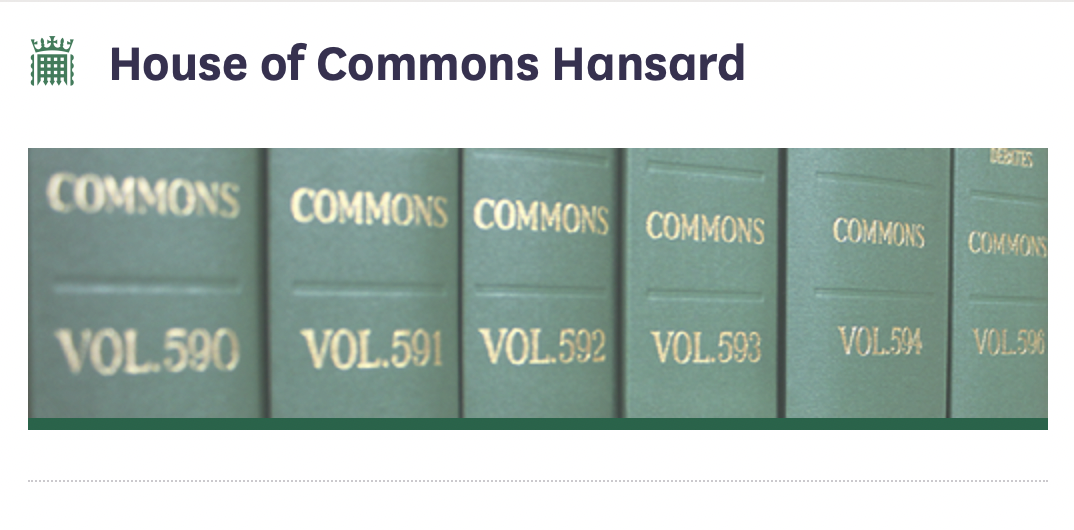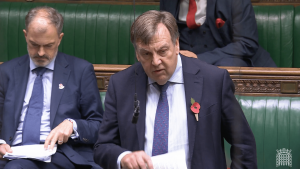John Whittingdale The Minister of State, Department for Culture, Media and Sport, Minister of State (Department for Science, Innovation and Technology)
Clauses 8 to 17 make amendments to the current system of quotas, which I will discuss in this group and the next.
Quotas are an important tool to ensure that public service broadcasters produce an appropriate range of content. Unlike the public service remit, which is judged by Ofcom in regard to the PSBs as a whole, quotas allow Ofcom to put licence conditions on specific public service broadcasters to ensure that they make available certain types of content. That is how we can ensure an appropriate balance of key types of content, such as news and current affairs, independently produced content and original content. It is worth stressing that such requirements are floors, not ceilings, and that PSBs routinely exceed them, often by a considerable margin.
Section 277 of the Communications Act sets out a minimum proportion of broadcast hours that must be independent productions. It is set at 25% for each of the licensed public service channels. Clause 8 amends this to change the way in which the provider of a licensed channel may deliver the independent production quota. In particular, subsection (2) replaces the existing requirement on the
“provider of a licensed public service channel” to allocate time on the channel to the broadcasting of a
“range and diversity of independent productions”.
Together with clauses 11 and 12, it will allow the requirements to be fulfilled using a public service broadcaster’s designated on-demand programme services to better reflect modern viewing habits.
The subsection also replaces references to a proportion of hours that the provider of licensed public service channels must make available, with reference to a number of hours. The number of hours that each licensed public service channel must include is to be specified by the order of the Secretary of State. Given that this requirement can now be met using on-demand services, it is more appropriate to use the number of hours of content made available as a measurement rather than the proportion of hours.
Subsections (5), (7) and (9) make comparable provision in relation to expenditure quotas for independent productions that the Secretary of State may establish. In setting the new hours-based quota, the intention is for them to be no more or less demanding than the existing 25% quota. We therefore intend to calculate the effective level of the quota over the last five years and replicate that. Of course, in Channel 4’s case, which we will come to later, that will be revised upward to the equivalent of 35% should Channel 4 decide to start a production business.
We believe that the consequence of that provision represents proportionate and reasonable requirements on our public service broadcasters. Of course, it is open to PSBs to go further and exceed their independent production quotas as they do now. Clause 9 makes similar amendments to section 278 of the Communications Act, which provides that a minimum proportion of broadcasting hours must be allocated to original productions. The proportion for each licensed public service channel, as well as the proportion in peak viewing times, is determined by Ofcom. As with clause 8, this clause ensures that the provider of the licensed public service channel can fulfil the quota using their designated on-demand services. That change is achieved by replacing the requirement to allocate time on the channel to the broadcasting of original productions with a more general requirement. Again, it makes provision for this to be measured by duration rather than as a proportion of broadcast hours as it is currently.
Clause 14 relates to the quotas for making programmes outside of London. The Communications Act currently provides that a minimum proportion of programmes made in the United Kingdom have to be made outside the M25 area. Similarly comparable provision is made in respect of expenditure. We debated this earlier, particularly in relation to the effect on production in Scotland and in Wales. Similarly, clause 14, read with the previous clauses, amends the Communications Act to preserve the substance of the provision, but it changes the way in which the provider may deliver their regional production quotas. In similar fashion, it again makes the change to measure the quota in terms of duration, rather than proportion of hours.
Together, these changes modernise our system to reflect the change that has occurred in audience viewing habits over the past 20 years, and ensure that it will continue to be meaningful and delivering value.

